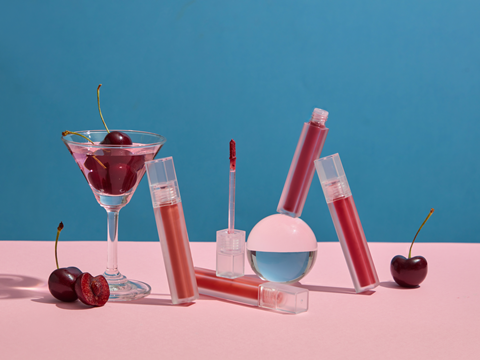
Circular packaging design aims to keep materials and products in use for as long as possible, use materials efficiently and design out waste and pollution. Non-governmental organization (NGO) The Recycling Partnership defines circular packaging as being focused on the reduction and extended use of virgin materials, reducing overall packaging, making packaging recyclable, reusable, compostable and creating packaging from post-consumer recycled materials.
The concept of ‘sustainability’ or ‘sustainable’ products is sometimes used as branding strategy. An article by Activate Design and Development on this topic states that by integrating sustainable practices into their brand ethos, businesses can attract eco-conscious consumers and also foster brand loyalty and trust. In the context of branding, it outlines sustainability as “the integration of environmentally responsible practices and values into a brand’s identity, messaging, and operations.”
According to Activate, three benefits of this approach are brand and consumer base alignment, with consumers actively seeking out socially and environmentally responsible brands; enhancing a brand’s reputation and differentiating it from competitors through sustainable practices and values; and long-term cost savings and operational efficiencies.
The company also points out the rise of ‘eco-conscious’ consumers, who prioritize brands actively contributing to sustainability, are willing to pay a premium for products that align with their principles and expect transparency around a brand’s sustainability efforts.
With that in mind, journalist Frances Butler takes a closer look at how circular packaging design can enhance a brand’s image and consumer loyalty, whether circular packaging is a big selling point for brands, and how it might be utilized through marketing strategies, brand storytelling and shelf appeal.

How could circular packaging design be used as marketing tool?
In April, Packaging Europe was given early access to Materials & Sustainability: Building A Circular Future, by Julia L Freer Goldstein and Paul Foulkes-Arellano. The authors’ vision of a circular future includes increasing the value of waste as a resource for recycling or reuse and manufacturers getting as close to zero loss as possible - for every kilogram of material input, one kilogram of that material must enter and remain in circulation. However, Goldstein and Foulkes-Arellano emphasize that this will only succeed if the appropriate treatment infrastructure exists – or, if a material escapes the loop, it must degrade at end-of-life within a reasonable time frame.
When it comes to using eco-friendly packaging as a marketing tool, void fill solutions provider Protega Global gave its view, stating that using sustainable materials as part of branding, such as paper packaging, demonstrates brand ethos as well as communicating it. The company added that promoting the ‘sustainable’ aspect of the product through mediums including social media and email newsletters is important to encourage sales. It also highlighted product experience - the sensory and psychological response customers have to a product – emphasising that as the first physical interaction with a product, packaging is essential for a positive product experience and will act as an extension of the brand.
One example of this is the biobased, refillable liners launched by Schwan Cosmetics last year, aiming to meet rising demand for sustainability-minded alternatives to single-use beauty products in the Asia-Pacific (APAC) market. The lip liner features exchangeable cartridges containing a peptide and jojoba oil-infused formulation. The company stated the product’s refill system was set to reduce its environmental impact by “negating the need” to dispose of packaging when the liner is empty. The product’s slogan, ‘Bad vibes don’t go with my outfit’, could influence consumer perceptions through the connotations that only ‘good vibes’ are contained in the product, including its refillable – and therefore circular - nature.

Interweaving brand strategy with circular packaging design
To understand more about how branding strategy can intersect with circular packaging design, we spoke to UK brand agency Lewis Moberly. The company believes that “as regulations tighten and consumer expectations shift, circular packaging becomes essential for future-proofing operations, ensuring compliance, and maintaining market relevance”. When it comes to consumer loyalty, it’s important to determine what approaches to circular packaging work best. The agency gives the example of Nespresso recycling for coffee pods as a positive impact, as the company provides the recycling bags and collects the used capsules from the consumers’ houses – it works as part of an ecosystem tying consumers to the brand.
Circular packaging can sometimes be a selling point for branding, but this depends on the target audience, market and infrastructure. It can be a “significant differentiator” for younger consumers where environmental concerns are high, Lewis Moberly believes. Its work for skincare brand Skin Sapiens used its packaging to communicate its recycling and ingredients story, with information showcased on the front of pack. However, the company notes that if the local infrastructure is not in place, such as relevant council kerbside collections, the consumer cannot fulfill the circular packaging opportunity.
The agency recently worked with The Glenrothes on a bespoke gift secondary packaging canister for its premium whisky range made with paper, card and pulp-based materials, and says the core structure is 100% recyclable. It has also embarked on a net zero programme in consultation with a partner agency.
In the future, Lewis Moberly predicts more collaboration towards a common goal and collective responsibility in all areas of packaging, giving the example of the Diesel Loves Lee campaign, where fashion brands Diesel and Lee created a collection of jeans from fabric sourced from both of their respective unsold stock.
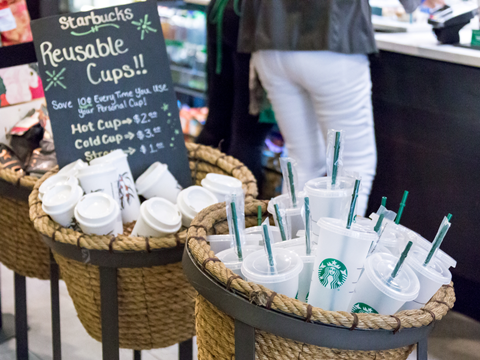
How have existing well-known brands implemented circular packaging?
In January, Starbucks began accepting reusable cups at all company-operated, participating stores in Canada and the United States, for café, drive-thru, and mobile orders. Consumers could bring a reusable cup and inform the barista when they ordered, so they could receive the drink in their own container. At most stores, a reusable ceramic or glass cup could also be requested for drinks to be consumed on the premises. The company stated that anyone who provided a clean, reusable cup when ordering a drink at a Canadian location would receive a $0.10 discount, applicable to all standard size options. The national coffee retailer reportedly became the first in Canada to enable the use of personal cups for all drinks in all sizes when ordering on mobile.
This summer, Coca-Cola collaborated with Merlin Entertainments to offer ‘VIP experiences’ at UK theme parks for visitors, in exchange for bringing an empty plastic bottle to be recycled at the reverse vending machines (RVMs) on site. Available across 11 Merlin attractions such as Alton Towers Resort, LEGOLAND Windsor Resort, THORPE PARK Resort and SEA LIFE aquariums, possible experiences for consumers included a private history tour at Warwick Castle and a Royal Box experience at the Blackpool Tower Circus. The apps at the individual attractions could guide the guests through the park to recycle their bottles and enter the VIP competition via a website printed on the receipt after recycling.
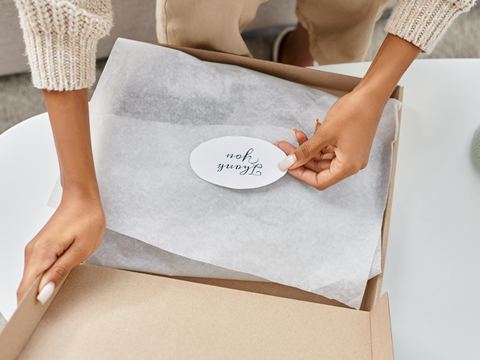
How important is a brand’s role in sustainable packaging for consumers?
While Coca-Cola and Starbucks incentivized consumers to participate in circular packaging systems, there are multiple ways that sustainable packaging can influence consumers. At last year’s Sustainable Packaging Summit, Smruti Kulkarni, vice president of BASES & Neuro Design Practice Area, Europe at NielsenIQ, and Stuart James, sales director of Packaging at NielsenIQ, presented their research findings on the topic. Consumers from North America, European Union, Latin America, APAC and South Africa were asked: ‘what does sustainability mean to you?’
Apparently, the answers ranged from reduced pollution and protecting wildlife to better conditions for workers, minorities and giving back to society. When asked ‘who is responsible for sustainability?’ the first answer was brands and brand owners, then retailers, and finally consumers. Smurti Kulkarni outlined several case studies on how the pack impacts consumer perceptions, highlighting that including sustainable stories on pack is embraced, but the “hand feel” of sustainable material can create hesitation. Perceptions can also be influenced by existing category pack norms. She concluded by recommending a sustainable material change on front of pack, the execution of new material ladders up to the most desired traits, and that the look and feel of sustainable materials should fit with shoppers’ frame of reference for the category packaging.
If you liked this story, you might also enjoy:
The ultimate guide to the Packaging and Packaging Waste Regulation in 2024
How are the top brands progressing on packaging sustainability?
Sustainable Innovation Report 2024: Current trends and future priorities
Everything you need to know about global plastic sustainability regulation

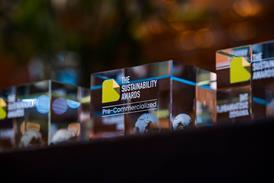

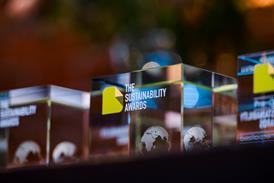
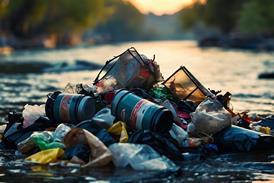













No comments yet